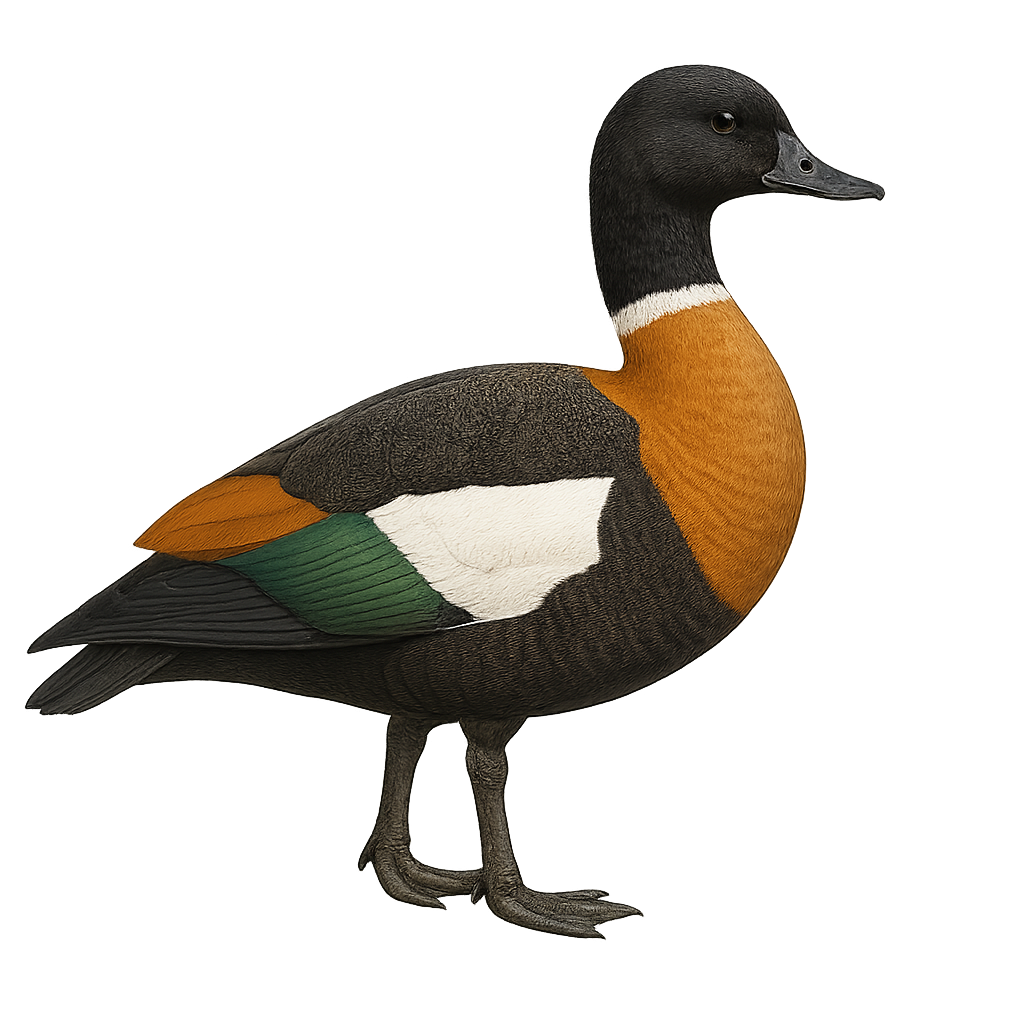Your wildlife photography guide.
Explore the radjah shelduck in detail, study its behavior, prepare your shots.
Where to observe and photograph the radjah shelduck in the wild
Learn where and when to spot the radjah shelduck in the wild, how to identify the species based on distinctive features, and what natural environments it inhabits. The WildlifePhotographer app offers tailored photography tips that reflect the radjah shelduck’s behavior, helping you capture better wildlife images. Explore the full species profile for key information including description, habitat, active periods, and approach techniques.
Radjah Shelduck
Scientific name: Tadorna tadornoides

IUCN Status: Least Concern
Family: ANATIDAE
Group: Birds
Sensitivity to human approach: Suspicious
Minimum approach distance: 10 m
Courtship display: July to October
Incubation: 30-33 jours
Hatchings: August to December
Habitat:
Wetlands, marshes, rivers
Activity period :
Primarily active during the day, with peak activity in the morning and late afternoon.
Identification and description:
The Radjah Shelduck, scientifically known as Tadorna tadornoides, is a medium-sized waterfowl distinguished by its striking white plumage and distinctive black markings on its wings and back. Native to Australia and New Guinea, it primarily inhabits wetlands, marshes, and rivers. This duck is often seen in pairs or small groups, feeding on aquatic plants, insects, and small crustaceans. Its breeding season typically coincides with the rainy season, providing a resource-rich environment for raising its young. The Radjah Shelduck is appreciated for its beauty and relatively tolerant behavior, making it a favored subject for wildlife photographers.
Recommended lens:
400 mm – adjust based on distance, desired framing (portrait or habitat), and approach conditions.
Photography tips:
To photograph the Radjah Shelduck, it's advisable to use a telephoto lens of at least 400mm to capture detailed images without disturbing the bird. Look for wetlands or marshes where these ducks are often found. Morning or afternoon light can provide ideal conditions to capture the beauty of their black and white plumage. Be patient and discreet, as although these birds are relatively tolerant, they can become suspicious if approached too closely.
The WildlifePhotographer App is coming soon!
Be the first to explore the best nature spots, track rutting seasons, log your observations, and observe more wildlife.
Already 1 439 wildlife lovers subscribed worldwide

